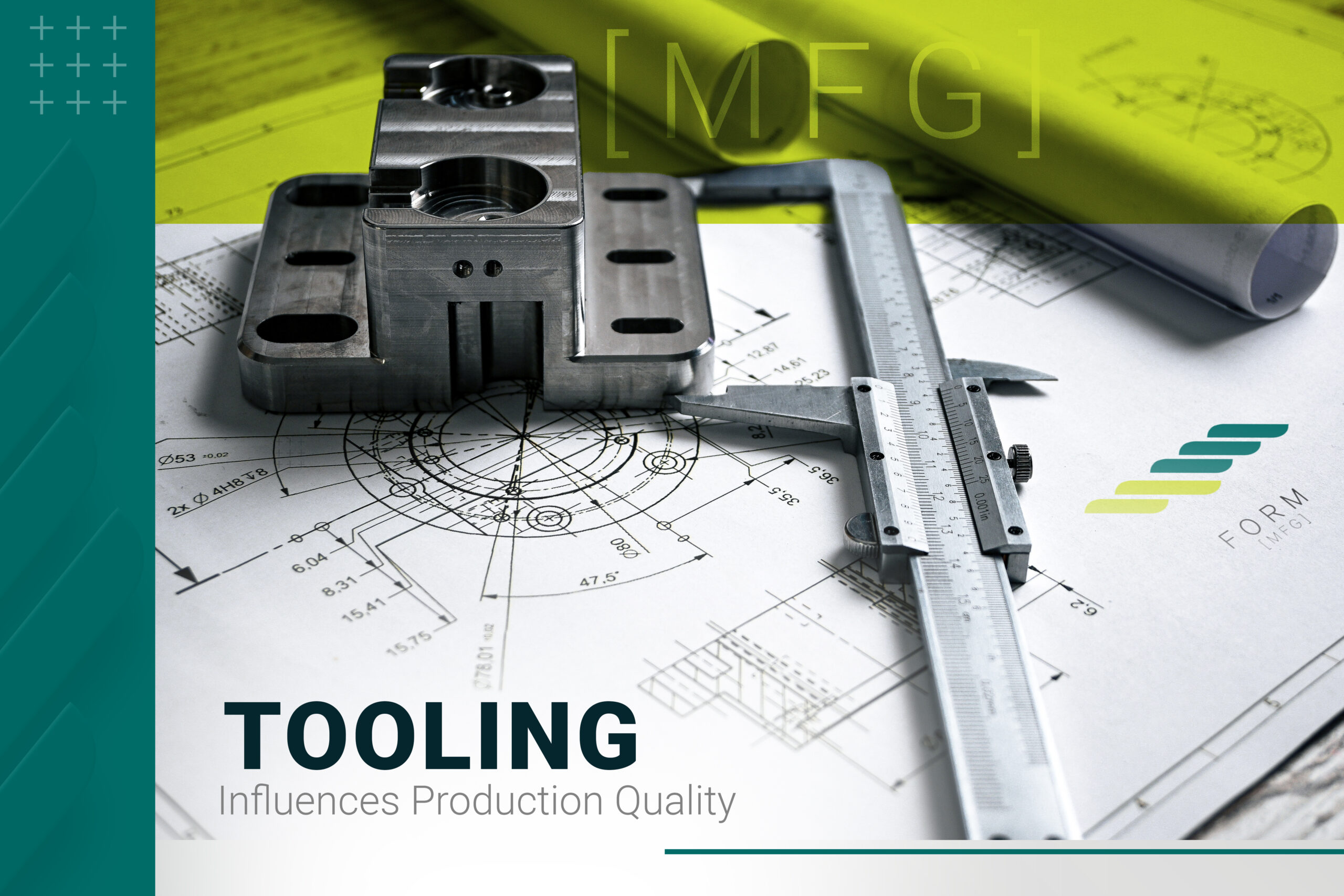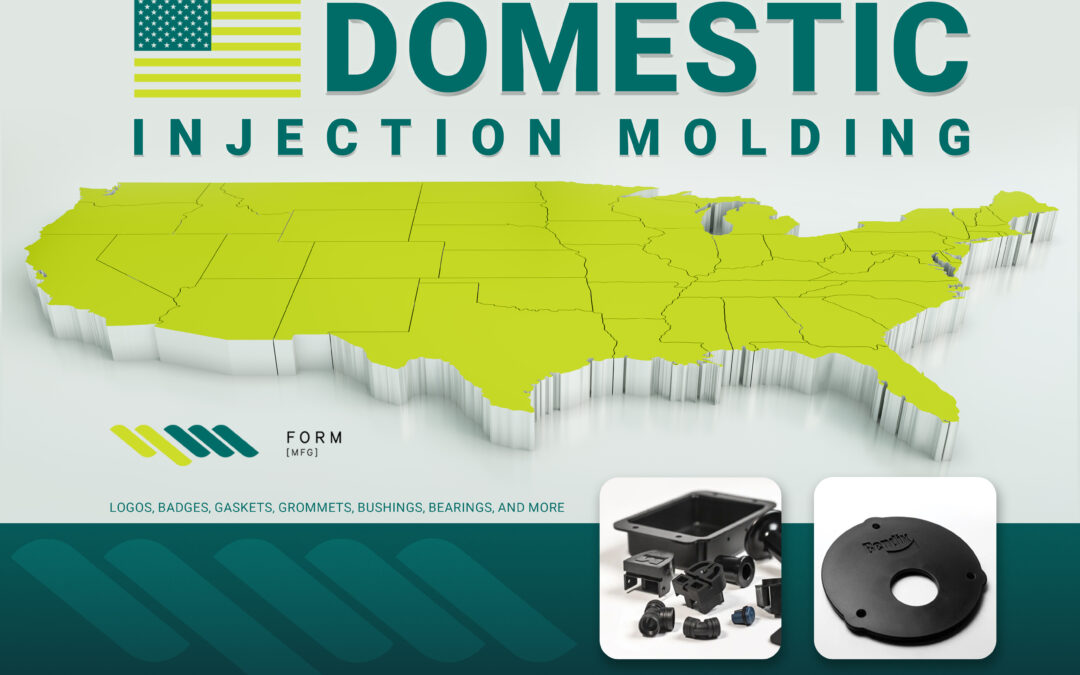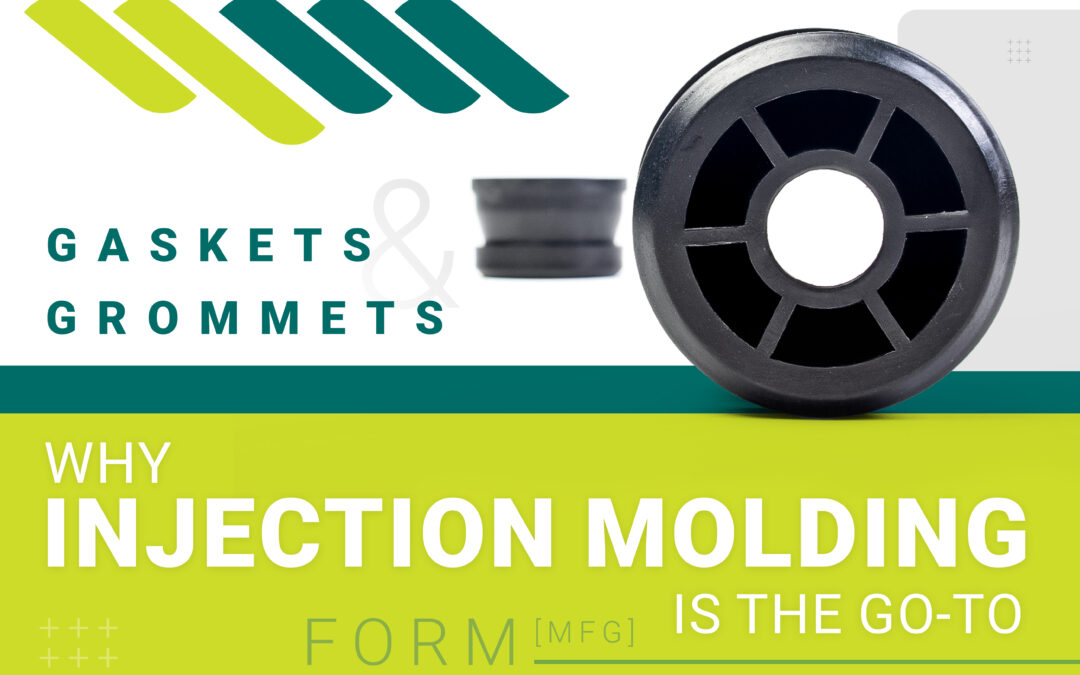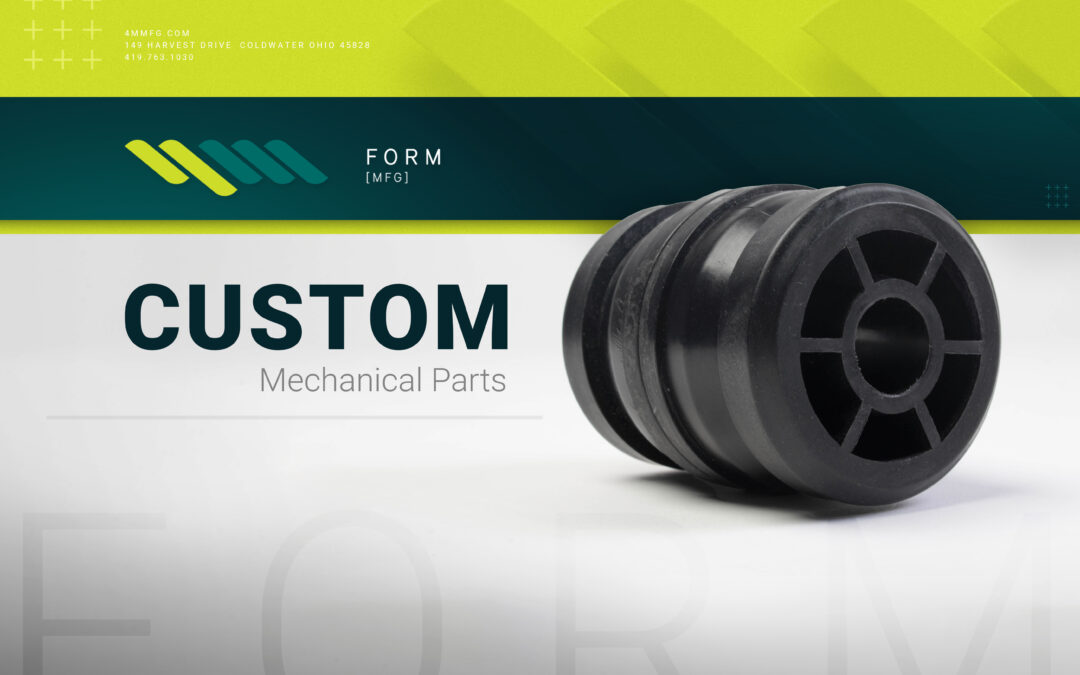How Proper Tooling Influences Production Quality
Instrumental in the production of everything from intricate medical devices to robust automotive parts, injection molding is a cornerstone of modern manufacturing, offering many advantages over other processes. At the heart of this process lies tooling — the molds and dies used to shape molten material into precise components. The quality, design, and maintenance of tooling directly influence production outcomes, affecting part quality, efficiency, and cost. Below, we explore how proper tooling drives success in injection molding and offer insights into optimizing this critical aspect.
The Role of Tooling in Injection Molding
Tooling refers to the custom-designed molds that define a part’s shape, size, and surface finish. These molds, typically made from high-grade steel or aluminum, must withstand extreme temperatures, pressures, and repetitive cycles. A well-crafted mold ensures parts meet exact specifications, while poor tooling can lead to defects, delays, and increased costs.
The importance of tooling stems from its impact on the entire production process. From design to final output, the mold dictates dimensional accuracy, surface quality, and production speed. For example, a poorly designed mold may cause issues like warping, sink marks, or incomplete fills, compromising part integrity. Conversely, high-quality tooling enhances consistency, reduces waste, and improves cycle times.
Key Factors in Effective Tooling
1. Precision Design
Mold design is the foundation of successful injection molding. Advanced software like CAD/CAM allows engineers to create molds with tight tolerances, ensuring parts meet exact specifications. Factors like gate placement, cooling channels, and parting lines must be optimized to prevent defects. For instance, improper gate placement can cause uneven material flow, leading to weak spots or aesthetic flaws. Collaborating with experienced mold designers early in the process helps identify potential issues and ensures the mold aligns with the part’s requirements.
2. Material Selection
The choice of mold material significantly affects performance and longevity. Steel molds offer durability for high-volume production, resisting wear over thousands of cycles. Aluminum molds, while less durable, are cost-effective for prototyping or low-volume runs. Selecting the right material balances cost, production volume, and part complexity. A medical device requiring tight tolerances might demand a hardened steel mold, while a simpler component could use aluminum for faster turnaround.

3. Cooling System Efficiency
Cooling is a critical phase in injection molding, as it affects cycle time and part quality. Well-designed cooling channels within the mold ensure uniform heat dissipation, preventing defects like warping or residual stress. Optimized cooling systems can reduce cycle times by up to 30%, boosting throughput and lowering costs. For example, conformal cooling — where channels follow the part’s geometry — can enhance efficiency in complex molds, ensuring consistent quality.
4. Maintenance & Upkeep
Even the best molds degrade over time due to wear, corrosion, or material buildup. Regular maintenance, such as cleaning, polishing, and inspecting for damage, extends mold life and ensures consistent part quality. Neglecting maintenance can lead to issues like flash (excess material leakage) or sticking parts, increasing scrap rates. A proactive maintenance schedule, paired with real-time monitoring, minimizes downtime and keeps production on track.
Impact on Production Quality
High-quality injection molding tooling directly translates to superior production outcomes. Precise molds produce parts with consistent dimensions, reducing the need for secondary processing like trimming or rework. This is especially critical in industries like aerospace or medical manufacturing, where tolerances as tight as ±0.001 inches are common. Additionally, well-maintained molds minimize defects, ensuring parts meet aesthetic and functional standards.
Tooling also affects production efficiency. A mold with optimized cooling and ejection systems reduces cycle times, enabling higher output. For example, a mold that cuts cycle time by just one second can save hours over thousands of cycles, translating to significant cost savings. Furthermore, durable tooling reduces downtime for repairs or replacements, enhancing overall equipment effectiveness.
Cost Considerations
While high-quality tooling requires a significant upfront investment, it pays dividends over time. Durable molds reduce per-part costs in high-volume production by minimizing defects and downtime. While a steel mold may be more costly to make than an aluminum mold, it will likely last much longer and offer better value for long-term projects. Additionally, investing in advanced tooling features like hot runners or multi-cavity molds can increase efficiency, further lowering costs.
Tooling is the backbone of injection molding success, influencing every aspect of production from quality to cost. By prioritizing precision design, appropriate material selection, efficient cooling, and proactive maintenance, manufacturers can achieve consistent, high-quality parts while optimizing efficiency. As industries demand ever-tighter tolerances and faster turnarounds, investing in superior tooling is not just a choice — it’s a necessity for staying competitive. Whether you’re producing consumer goods or critical medical components, the right tooling ensures your injection molding process delivers excellence every time.
When it comes to achieving excellence in injection molding, the right tooling makes all the difference — and so does the right partner. With a deep understanding of precision engineering, material performance, and production efficiency, Form Manufacturing delivers superior injection-molding solutions tailored to your exact needs. From concept to completion, we provide the tooling expertise that ensures your parts meet the highest standards of quality, consistency, and cost-effectiveness. Contact us today to discuss how we can bring your vision to life.




